In the golden grasslands of Africa, one bird stands tall—literally and figuratively—among its feathered peers. The Secretary Bird, with its striking crown of black feathers and stilt-like legs, commands attention as it stalks purposefully across the savanna. Yet, it’s not its appearance alone that makes this bird legendary. The Secretary Bird is a ruthless hunter, delivering fatal blows to snakes and other prey with a single, lightning-fast kick. Its hunting style is so unique and effective that scientists have marveled at the sheer precision and power packed into each step. Watching a Secretary Bird hunt is like witnessing a martial arts master at work—graceful, controlled, and utterly deadly. How did such a remarkable creature come to possess these astonishing skills?
A Tall, Striking Figure of the African Plains
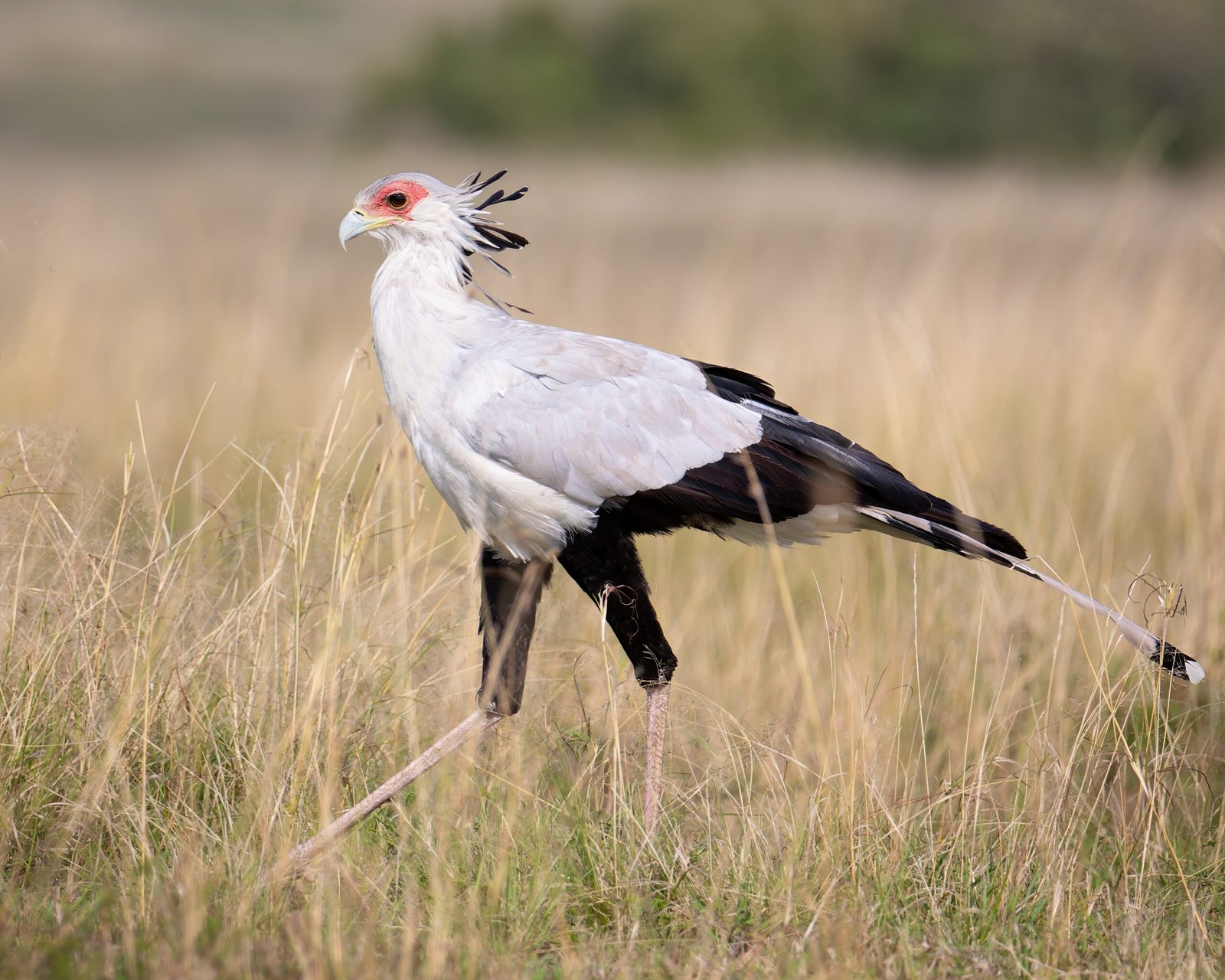
Imagine a bird nearly as tall as a human child, striding through the grass with the poise of a professional dancer. The Secretary Bird stands up to 4 feet tall, with an elegant body and long, crane-like legs. Its plumage is a blend of soft grey, striking black, and flashes of orange around its eyes, making it unmistakable even from a distance. The bird’s long tail and showy crest of feathers atop its head only add to its dramatic silhouette. These features are not just for show; they help the Secretary Bird navigate the tall savanna grasses of sub-Saharan Africa, where it spends most of its life on foot rather than in the air. Its appearance has captivated naturalists and locals alike, earning it a place in African folklore and art.
The Origin Behind the Name “Secretary Bird”
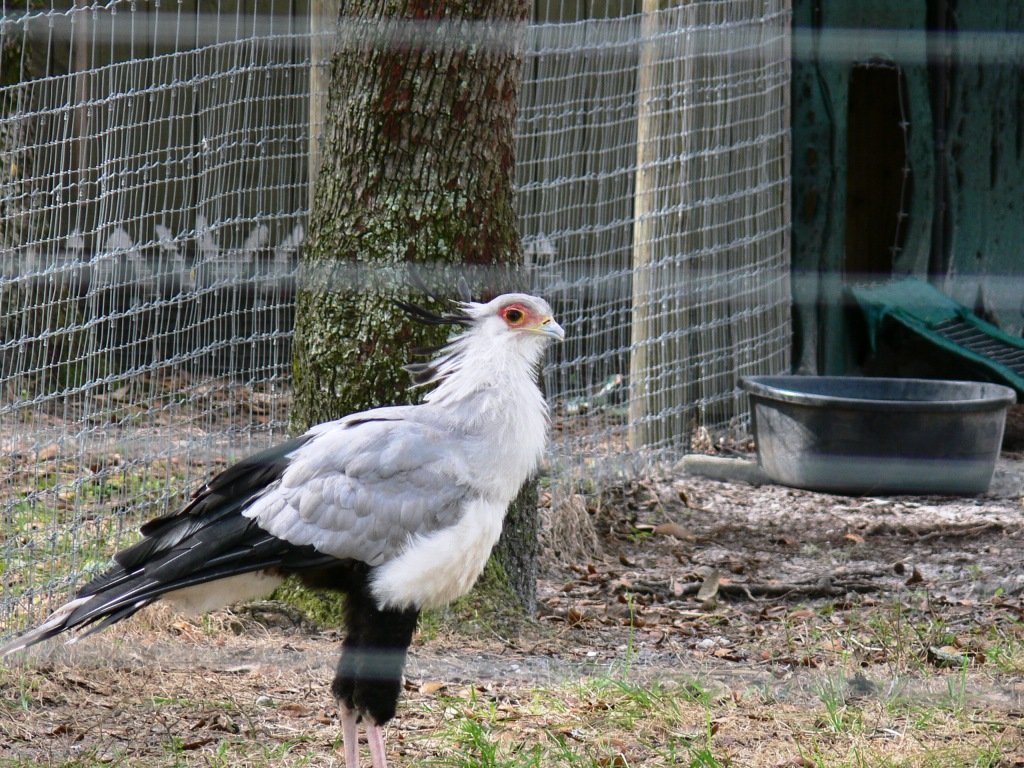
The name “Secretary Bird” is as curious as the bird itself. Early European settlers thought the bird’s head plumes resembled the quill pens secretaries used to tuck behind their ears. Others say the bird’s black “trousers” look like formal office attire. This whimsical name belies the bird’s ferocious nature, providing a charming contrast to its lethal reputation. Despite the playful origins of its name, the Secretary Bird is all business when it comes to hunting, embodying both elegance and efficiency in its daily routines.
Unique Hunting Strategy: Death from the Ground
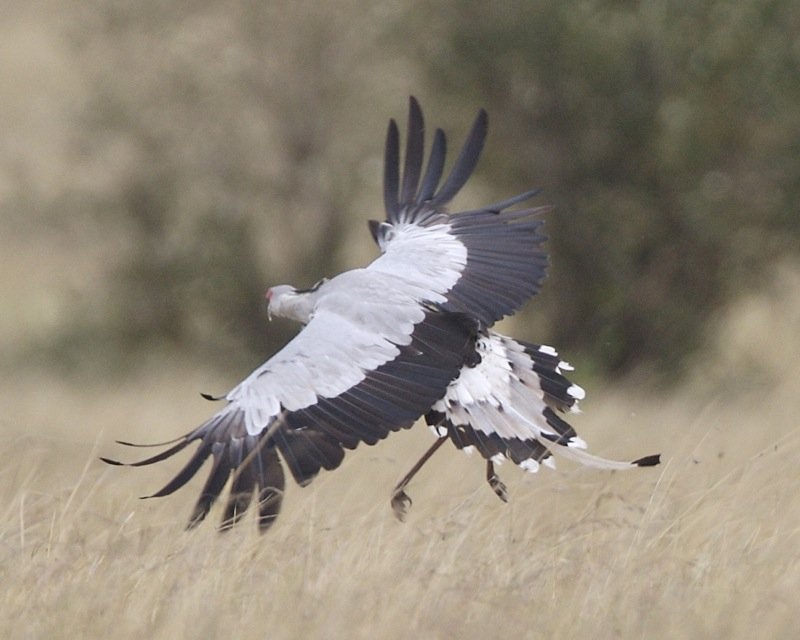
Unlike most birds of prey that soar overhead and strike from above, the Secretary Bird hunts entirely on foot. With methodical, deliberate steps, it patrols the grasslands, scanning for movement. When it spots a potential meal—often a snake, rodent, or even young birds—it springs into action. The bird’s long legs allow it to cover vast distances quickly and quietly, giving it an edge over both prey and competitors. Its hunting technique is a masterclass in patience and timing, waiting for just the right moment to strike.
The Science of the Deadly Kick
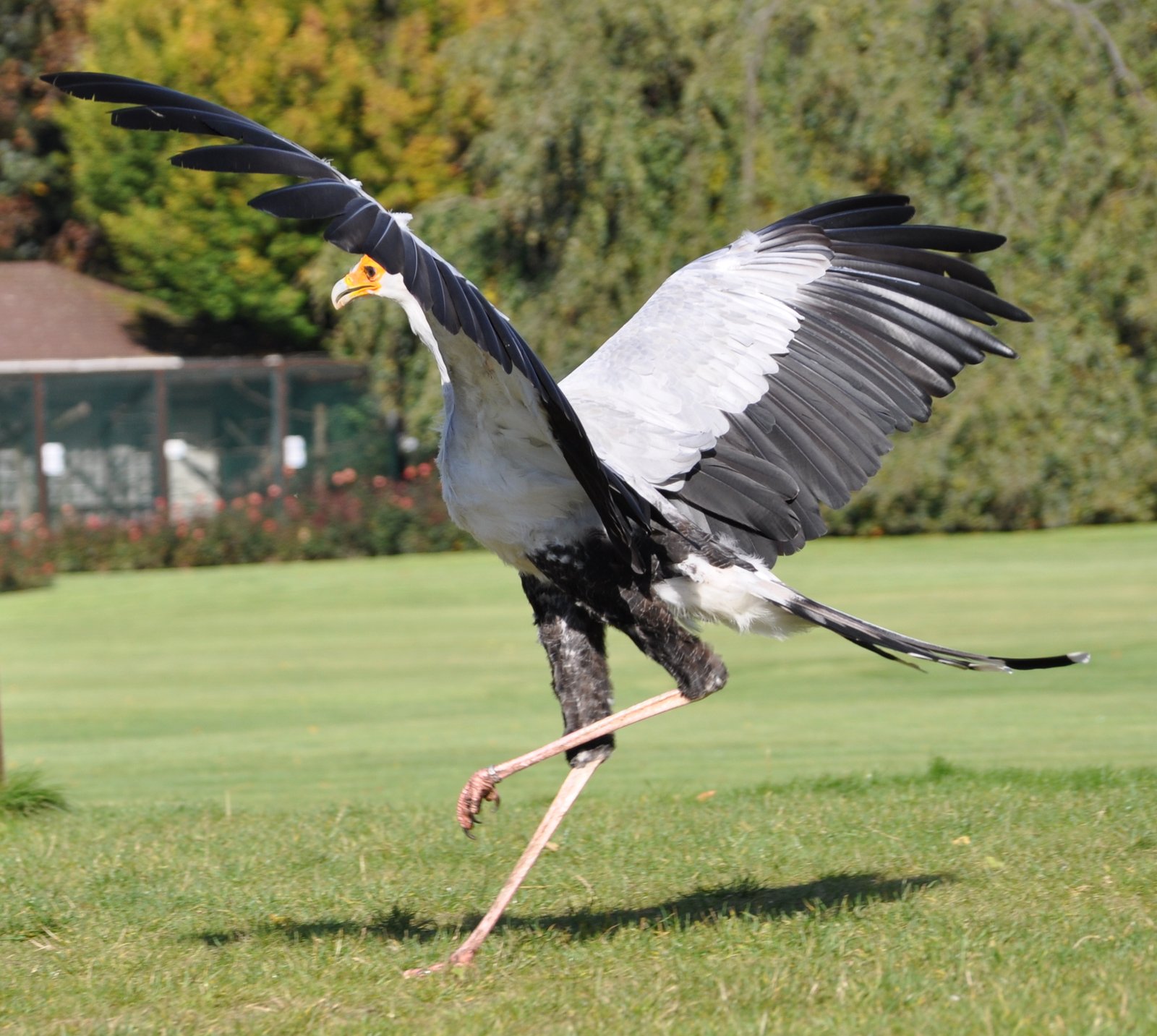
What makes the Secretary Bird truly extraordinary is its killing kick. Scientists have measured the force of its strike and found it to be both fast and shockingly powerful. Each kick can deliver a force several times the bird’s own weight, striking with pinpoint accuracy. It’s like watching a boxer land a knockout punch—swift, precise, and devastating. The bird’s legs are specially adapted for this purpose, with thickened scales for protection and strong muscles for explosive movement. This adaptation allows the Secretary Bird to kill venomous snakes without risking a fatal bite, a feat few other animals can claim.
Masters of Snake Hunting
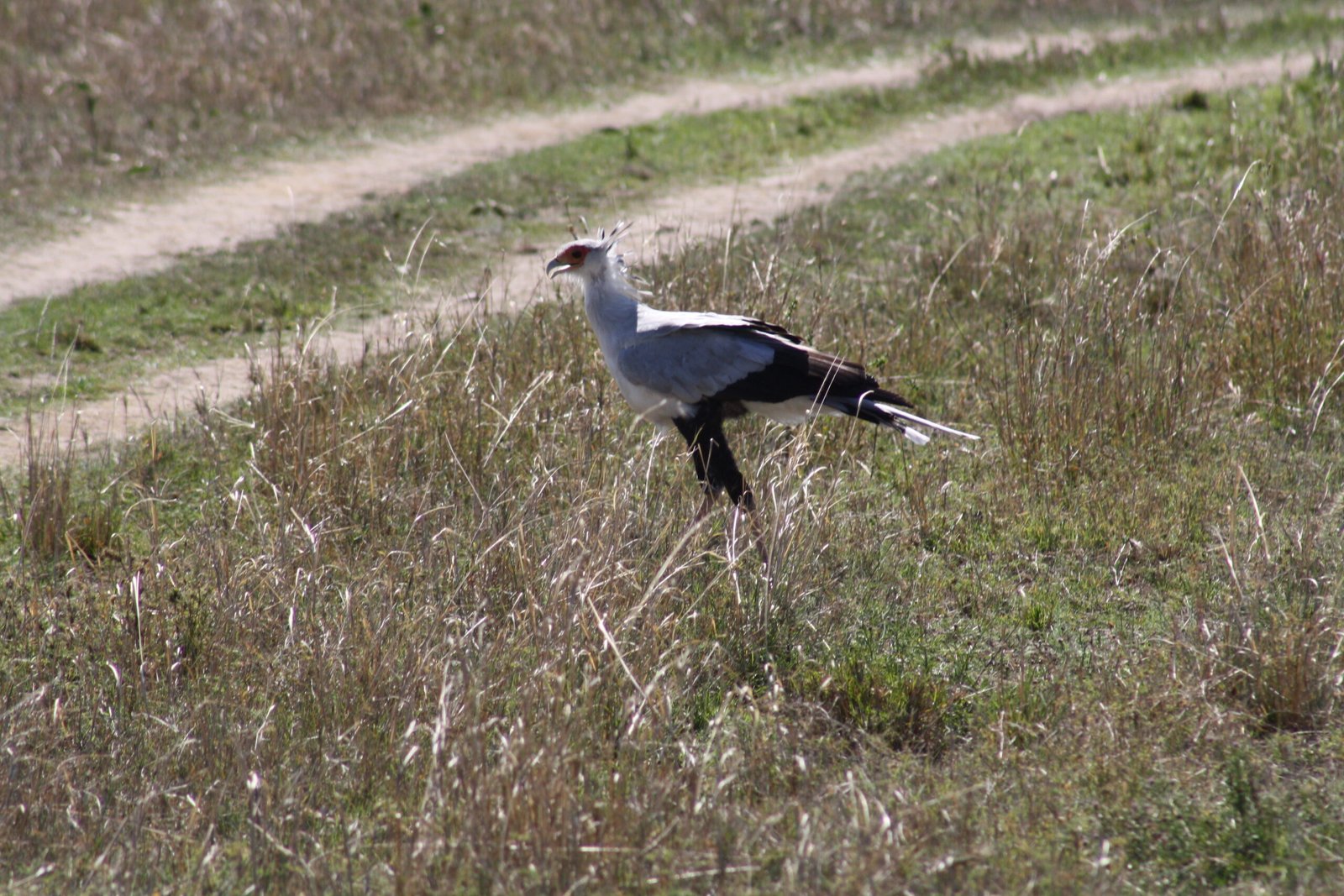
Perhaps the most dramatic aspect of the Secretary Bird’s hunting prowess is its ability to take down venomous snakes, including cobras and adders. Using its long legs like a fencing champion wields a sword, the bird dances around the snake, dodging strikes and waiting for an opening. When the moment comes, it delivers a rapid, bone-crushing kick to the snake’s head or neck. This incredible skill has made the Secretary Bird a symbol of protection in African cultures, where people have long admired its courage and effectiveness against dangerous serpents.
Diet: More Than Just Snakes
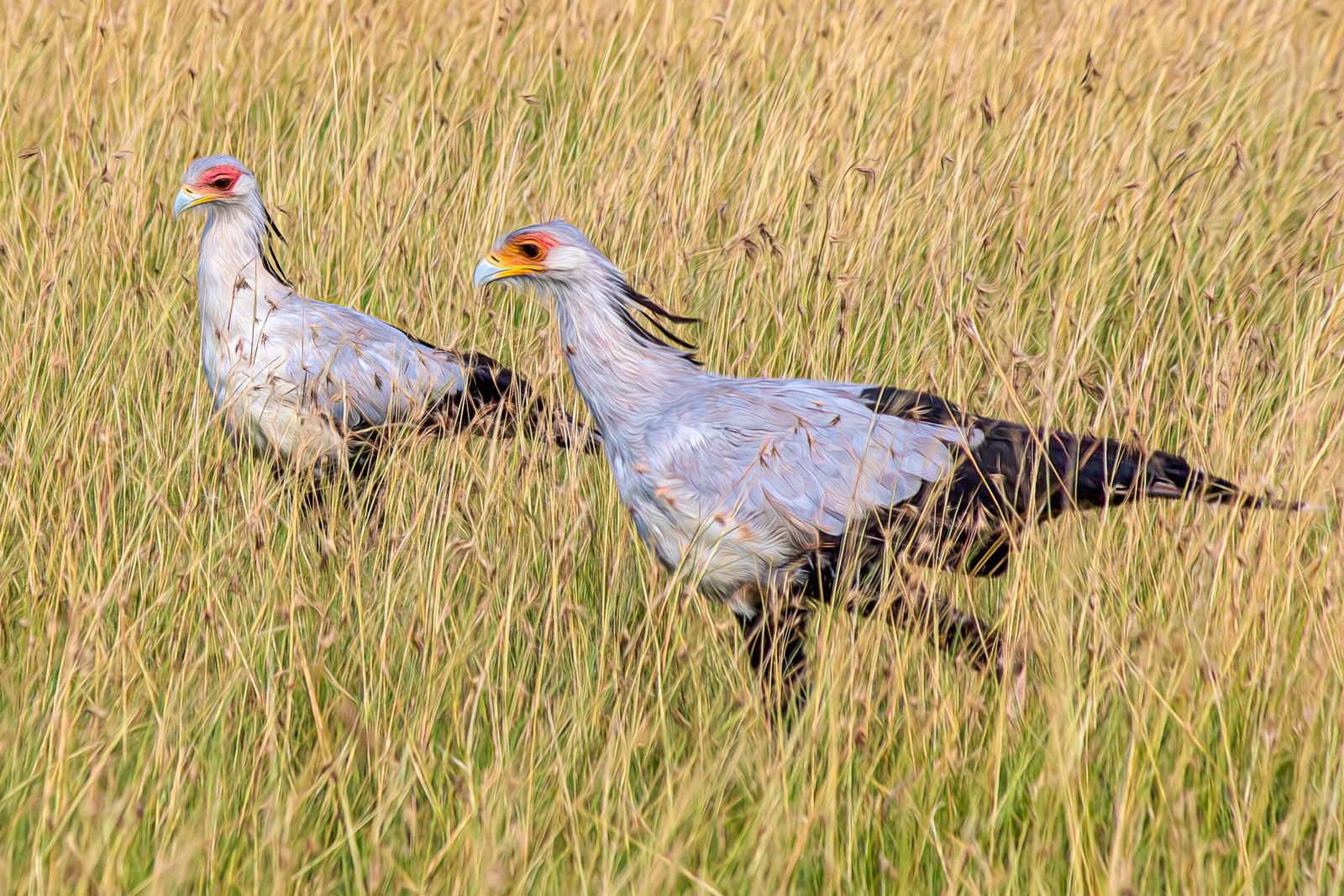
While snakes are the Secretary Bird’s most famous prey, their diet is surprisingly varied. They feast on insects, lizards, small mammals, and even the occasional bird chick. Their opportunistic feeding habits make them versatile predators, able to adapt to changing conditions in their environment. This flexibility is key to their survival, especially as habitats shift and prey availability changes with the seasons. The Secretary Bird’s menu is a testament to its adaptability and keen hunting instincts.
Family Life and Social Behavior
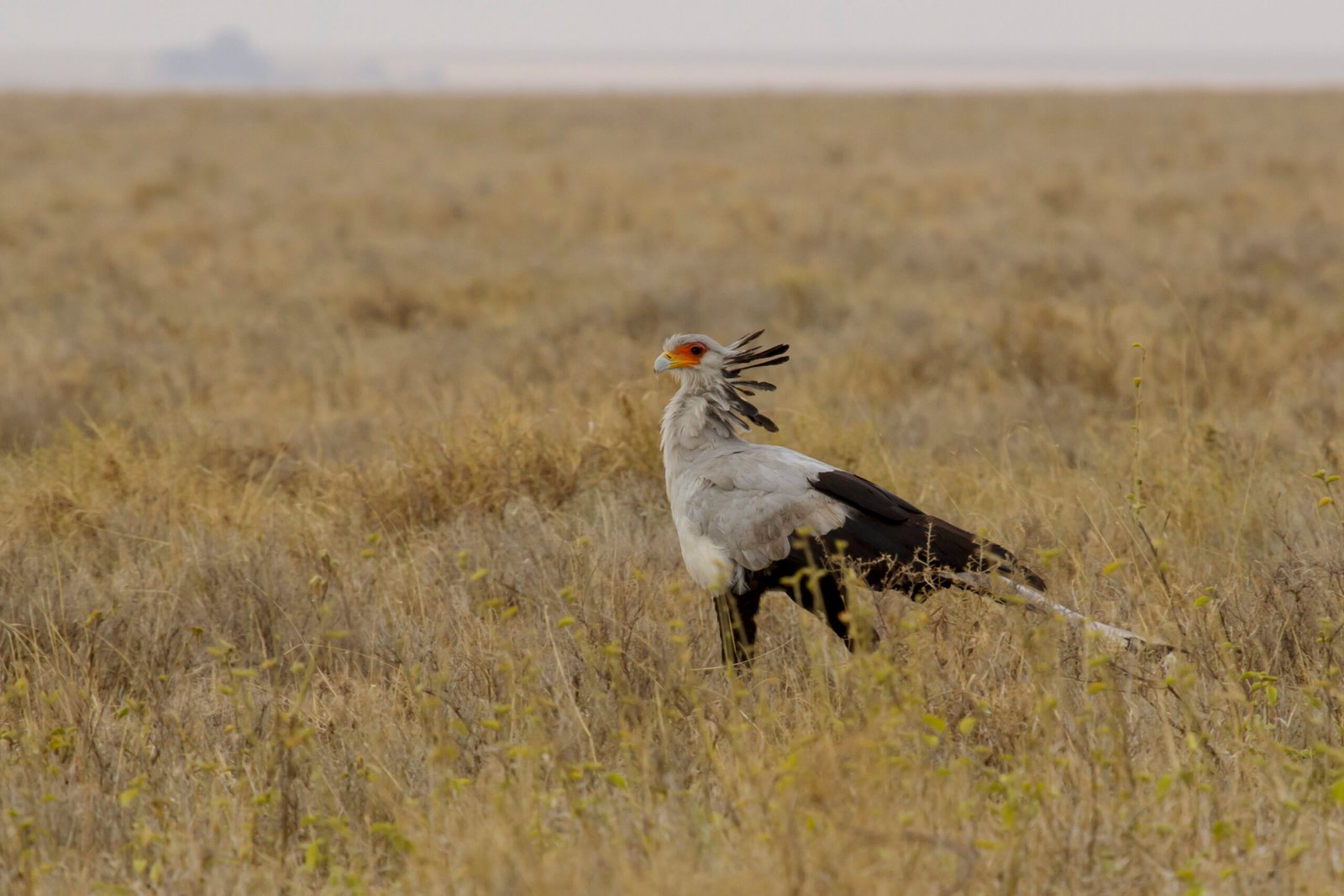
Secretary Birds are not lone assassins—they form strong, monogamous pairs and often work together to raise their young. Both parents share duties, building large stick nests in acacia trees and taking turns incubating the eggs. Once the chicks hatch, both mother and father bring food, teaching their offspring the fine art of hunting through careful demonstration. These family bonds are surprisingly close for a bird of prey, showing a softer side to their otherwise fierce reputation. Watching a Secretary Bird family interact is a touching reminder that even the fiercest hunters have a nurturing side.
Remarkable Adaptations for Survival
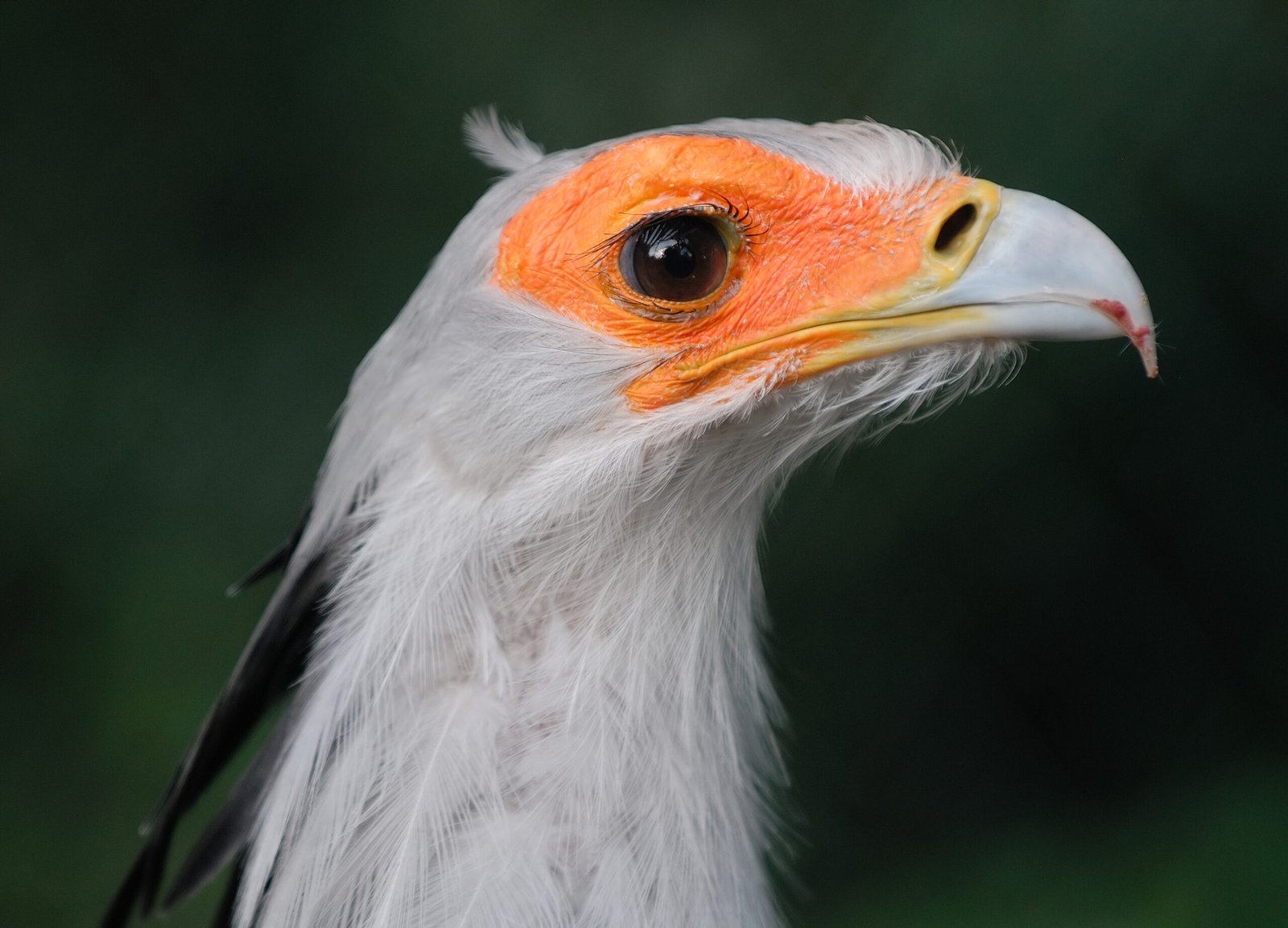
Surviving in the harsh African savanna requires more than just a powerful kick. The Secretary Bird’s long legs keep its body safely above hot ground and dangerous brush. Its feathers provide camouflage against predators, while its sharp eyesight helps it spot prey from far away. The bird’s ability to walk miles each day showcases its endurance and adaptability to a landscape that can be unforgiving. These adaptations, honed over millions of years, make the Secretary Bird a true marvel of evolution.
Conservation Challenges and Status

Despite their prowess, Secretary Birds face growing threats from habitat loss, agriculture, and human encroachment. Their numbers have declined significantly in recent decades, prompting conservationists to classify the species as Vulnerable. Efforts are underway to protect their habitats and educate communities about the importance of these birds in maintaining the balance of their ecosystems. The Secretary Bird’s plight is a reminder of how even the most iconic and powerful creatures can be vulnerable in a rapidly changing world.
Cultural Significance and Symbolism

Across Africa, the Secretary Bird is more than just a hunter—it is a symbol of protection and courage. It appears on national emblems, currency, and folklore, celebrated for its snake-slaying heroics. Many communities believe seeing a Secretary Bird brings good luck, and its image inspires respect and admiration. The bird’s combination of beauty, power, and grace has made it a beloved figure, bridging the worlds of myth and reality.
A Living Legend of the Grasslands
The Secretary Bird’s story is one of contrast: elegance and ferocity, nurturing and deadly skill, ancient tradition and modern struggle. It stands as a living legend, reminding us of nature’s endless ingenuity and the delicate balance that sustains life on Earth. With every precision kick and graceful stride, the Secretary Bird embodies the spirit of the wild African plains, urging us to marvel, respect, and protect these astonishing creatures for generations to come.




